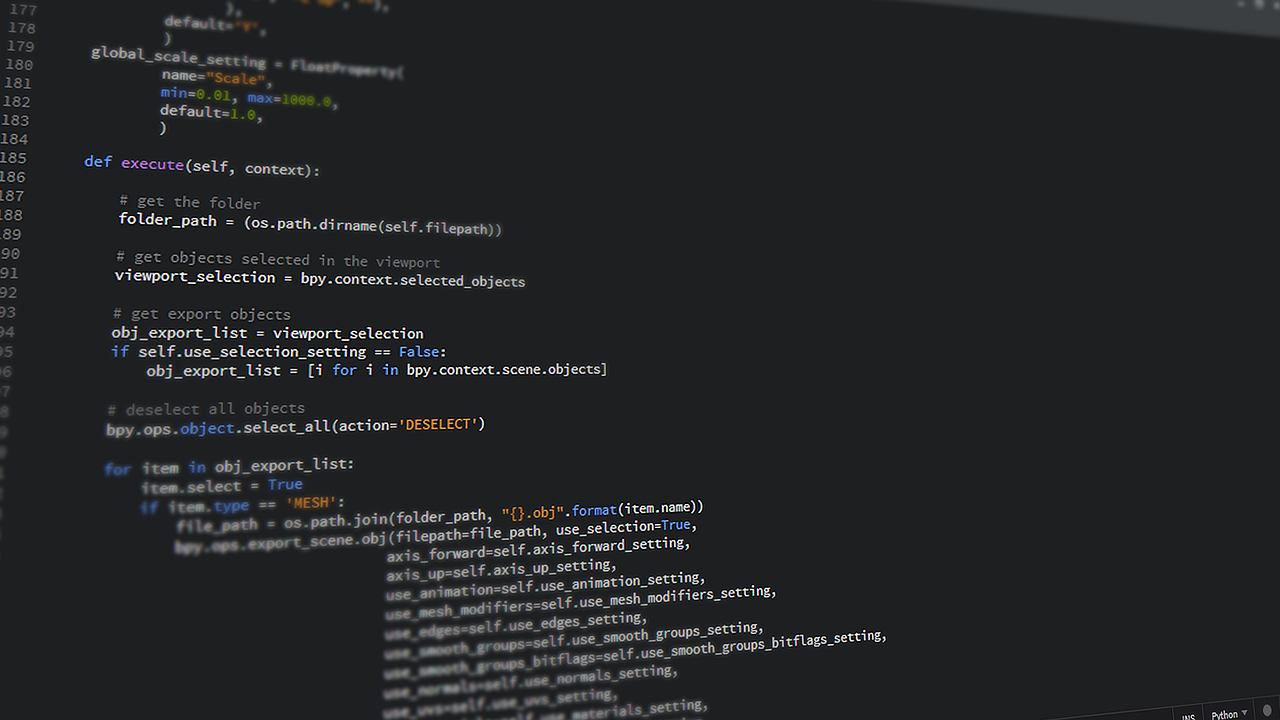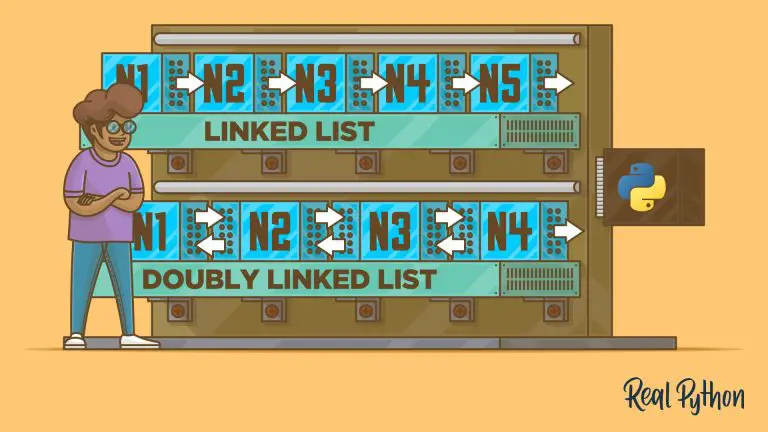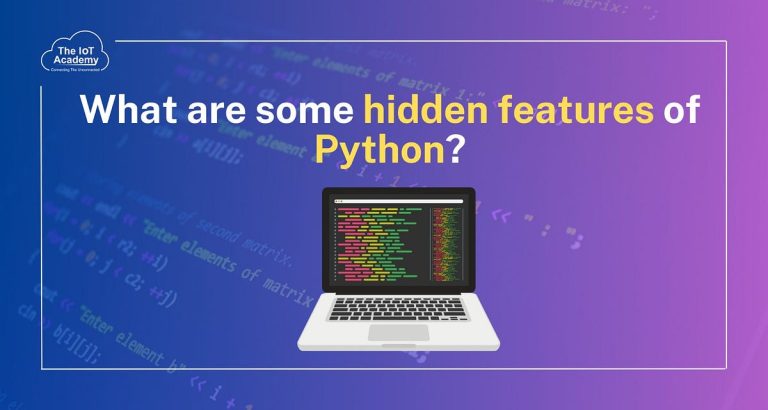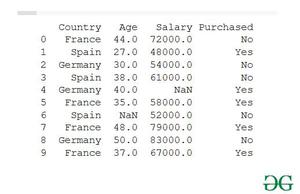Learn to Program With Python 3: Your Step-By-Step Guide
“Learn to Program With Python 3: A Step-By-Step Guide to Programming” simplifies coding for beginners. It offers clear instructions and practical examples.
Python is an excellent language for new programmers. Its syntax is simple and readable, making it accessible. This guide walks you through basic concepts and advanced techniques. You’ll find exercises to practice what you learn. Topics include variables, loops, functions, and object-oriented programming.
The book also covers working with libraries and data analysis. Each chapter builds on the previous one, ensuring a smooth learning curve. By the end, you’ll be confident in your Python skills. Whether you’re interested in web development, data science, or automation, this guide provides a solid foundation.
Introduction To Python 3
Python 3 is a powerful and easy-to-learn programming language. It is popular among beginners and professionals. Python 3 is versatile and used in various fields. It is great for web development, data analysis, and machine learning.
Why Choose Python?
Python is beginner-friendly and has a simple syntax. Here are some reasons to choose Python:
- Easy to Learn: Python’s syntax is clean and readable.
- Versatile: Python is used in web development, data science, and more.
- Community Support: Python has a large and active community.
- Libraries and Frameworks: Python has many libraries for various tasks.
Python 2 Vs Python 3
Python 2 and Python 3 are different versions of Python. Here is a comparison:
| Feature | Python 2 | Python 3 |
|---|---|---|
| Print Statement | print "Hello" | print("Hello") |
| Division | 5 / 2 = 2 | 5 / 2 = 2.5 |
| Unicode Support | Limited | Full Support |
Python 3 is the future of Python. Python 2 is no longer supported. Learning Python 3 is essential for new programmers.
Setting Up Your Environment
To start programming with Python 3, you need to set up your environment. This involves installing Python 3 and setting up an Integrated Development Environment (IDE). These steps will help you write and test your code efficiently.
Installing Python 3
First, you need to install Python 3. Follow these simple steps:
- Go to the Python website.
- Click on the download button for Python 3.
- Run the downloaded installer file.
- Follow the installation instructions on the screen.
- Ensure you check the box that says “Add Python to PATH”.
Now, you have Python 3 installed on your computer.
Setting Up An Ide
An IDE helps you write and test your Python code. Here are some popular IDEs you can use:
- PyCharm: A powerful and user-friendly IDE.
- Visual Studio Code: A versatile and lightweight editor.
- IDLE: Comes with Python, perfect for beginners.
To set up an IDE, follow these steps:
| IDE | Installation Steps |
|---|---|
| PyCharm |
|
| Visual Studio Code |
|
| IDLE |
IDLE is already installed with Python. No extra steps needed. |
Setting up your environment is the first step to learning Python. With Python installed and an IDE set up, you’re ready to start coding.
Basic Syntax And Variables
Learning Python is fun and easy. Start with basic syntax and variables. This section will guide you through the essential concepts. You’ll learn to write simple programs. Understand how to use variables effectively.
Hello World Program
Every programming language starts with a “Hello World” program. It’s the simplest way to see how a language works. Let’s write our first Python program.
print("Hello, World!")This code prints “Hello, World!” on the screen. The print function displays text. In Python, you use double quotes to enclose text.
Understanding Variables
Variables store information. They can hold different types of data. In Python, you don’t need to declare a variable type. The type is assigned automatically.
Let’s look at some examples:
# Integer variable
age = 10
# Float variable
height = 4.5
# String variable
name = "Alice"
Here, age is an integer, height is a float, and name is a string. Variables make your code more readable and reusable.
Use variables to perform calculations and store results:
# Adding two numbers
num1 = 5
num2 = 10
sum = num1 + num2
print(sum)
This code adds two numbers and prints the result. Variables help you manage data efficiently.
| Variable Type | Example |
|---|---|
| Integer | age = 10 |
| Float | height = 4.5 |
| String | name = “Alice” |
Control Structures
Control structures are the building blocks of any programming language. They help you control the flow of your program. In Python, control structures make your code logical and efficient. Let’s explore two essential control structures in Python 3.
If Statements
If statements allow you to execute code based on a condition. They make your program respond differently to different inputs.
Here is a simple example:
age = 18
if age >= 18:
print("You are an adult.")
else:
print("You are a minor.")
In this example, the program checks if age is 18 or older. If true, it prints “You are an adult.” If false, it prints “You are a minor.”
If statements can include multiple conditions using elif:
score = 85
if score >= 90:
print("Grade: A")
elif score >= 80:
print("Grade: B")
else:
print("Grade: C or below")
This code assigns grades based on the score. It’s a clear and simple use of if statements in Python.
Loops In Python
Loops help you run the same code multiple times. Python has two main types of loops: for loops and while loops.
For loops are used to iterate over a sequence. Here is an example:
fruits = ["apple", "banana", "cherry"]
for fruit in fruits:
print(fruit)
This loop prints each fruit in the list. It stops after the last item.
While loops run as long as a condition is true. Here is an example:
count = 1
while count <= 5:
print(count)
count += 1
This loop prints numbers from 1 to 5. It stops when the condition is false.
Control structures like if statements and loops make Python powerful and flexible. They allow you to write clear and efficient code.
Functions And Modules
In Python, functions and modules make your code organized and reusable. Functions help you avoid repetition. Modules let you use code from other files. Both are important for efficient programming.
Creating Functions
A function is a block of code that performs a task. You can call it whenever needed. Here’s how to create a simple function:
def greet():
print("Hello, World!")
The def keyword defines a function. The greet() function prints a message. You call it by writing greet():
greet()Functions can also accept parameters and return values. This makes them more flexible:
def add(a, b):
return a + b
result = add(2, 3)
print(result)
This function adds two numbers. You pass values to it and get the result.
Importing Modules
A module is a file with Python code. You can use functions and variables from it. Importing modules saves time and avoids redundancy.
To use a module, you need to import it. For example, import the math module to use mathematical functions:
import math
print(math.sqrt(16))
This code prints the square root of 16. The math module provides many functions:
math.pi: Value of Pimath.sin(x): Sine of xmath.cos(x): Cosine of x
You can also import specific functions from a module:
from math import sqrt
print(sqrt(25))
This code imports only the sqrt function from the math module. It is useful for reducing memory usage.
Modules can be your own files too. Create a file named mymodule.py with this content:
def welcome(name):
print(f"Welcome, {name}!")
Then, import and use it in another file:
import mymodule
mymodule.welcome("Alice")
Using functions and modules makes your Python code cleaner and more efficient. Start creating your own functions and importing modules today!
Working With Data Structures
Data structures are essential in Python programming. They help store and organize data efficiently. In this section, you’ll learn about Lists, Tuples, Dictionaries, and Sets. These are the basic building blocks for managing data.
Lists And Tuples
Lists and Tuples are types of sequences. They can store multiple items. Lists are mutable, meaning you can change them. Tuples are immutable, meaning you cannot change them once created.
Here’s how you create a list:
my_list = [1, 2, 3, 4, 5]
And here’s how you create a tuple:
my_tuple = (1, 2, 3, 4, 5)
Lists are useful for collections of items that may change. Tuples are good for fixed collections.
Dictionaries And Sets
Dictionaries store data in key-value pairs. They are like real-life dictionaries. Each key is unique and maps to a value.
Here’s an example of a dictionary:
my_dict = {"name": "Alice", "age": 25, "city": "New York"}
Sets are collections of unique items. They are unordered and unindexed. Sets are useful for storing items that must be unique.
Here’s how you create a set:
my_set = {1, 2, 3, 4, 5}
Use dictionaries for associative arrays. Use sets to store unique items.
Error Handling
Learning to program with Python 3 is a great start for beginners. One important aspect is error handling. Errors can happen in any code. Handling them properly makes your programs more robust. Let’s explore some essential techniques.
Try-except Blocks
A try-except block helps catch and handle errors. This way, the program doesn’t crash. Use the try block to write code that might cause an error. If an error occurs, Python moves to the except block.
try:
# Code that might cause an error
result = 10 / 0
except ZeroDivisionError:
# Code to handle the error
print("You can't divide by zero!")This code tries to divide by zero. The except block catches the ZeroDivisionError. The program prints a friendly message instead of crashing.
Handling Multiple Exceptions
Sometimes, a code block can raise different types of errors. You can handle multiple exceptions using multiple except blocks. Each block catches a specific error type.
try:
# Code that might cause different errors
number = int(input("Enter a number: "))
result = 10 / number
except ValueError:
# Handle wrong input type
print("That's not a valid number!")
except ZeroDivisionError:
# Handle division by zero
print("You can't divide by zero!")Here, the code tries to convert user input to an integer. If the input is not a number, a ValueError occurs. If the user enters zero, a ZeroDivisionError occurs. Each error has its own except block to handle it.
Advanced Topics
Dive deeper into Python 3 with advanced topics. These topics help you become a proficient programmer. You’ll explore Object-Oriented Programming and File Handling. These skills are essential for real-world applications.
Object-oriented Programming
Object-Oriented Programming (OOP) is a key concept in Python. It allows you to create reusable code. OOP uses classes and objects to structure programs.
Here are the main elements of OOP:
- Class: A blueprint for creating objects.
- Object: An instance of a class.
- Method: A function defined within a class.
- Attribute: A variable bound to an object.
For example, to create a simple class:
class Dog:
def __init__(self, name):
self.name = name
def bark(self):
return f"{self.name} says woof!"
my_dog = Dog("Buddy")
print(my_dog.bark()) # Output: Buddy says woof!
File Handling
File Handling is another crucial skill in Python. You can read from and write to files. This is helpful for data storage and retrieval.
To open a file, use the open() function. You can open a file in various modes:
| Mode | Description |
|---|---|
'r' | Read mode. Default mode. |
'w' | Write mode. Overwrites file. |
'a' | Append mode. Adds to end of file. |
'b' | Binary mode. For binary files. |
To read a file:
with open('file.txt', 'r') as file:
content = file.read()
print(content)
To write to a file:
with open('file.txt', 'w') as file:
file.write('Hello, world!')
These advanced topics will elevate your Python skills. Understanding OOP and File Handling is crucial. They make your programs more efficient and powerful.
Practical Applications
Learning to program with Python 3 opens a world of possibilities. You can use Python for many practical applications. It helps in making everyday tasks easier and faster. Below are some exciting ways you can use Python.
Web Scraping
Web scraping allows you to extract data from websites. With Python, you can automate this process. You can use libraries like BeautifulSoup and Scrapy.
Here is a simple example of web scraping using BeautifulSoup:
from bs4 import BeautifulSoup
import requests
url = 'http://example.com'
response = requests.get(url)
soup = BeautifulSoup(response.text, 'html.parser')
# Extracting all the tags
links = soup.find_all('a')
for link in links:
print(link.get('href'))
This code will print all the hyperlinks on the website.
Automating Tasks
Python can automate repetitive tasks. This saves you time and effort. You can automate tasks like sending emails or renaming files.
Here is an example of automating the sending of emails:
import smtplib
def send_email(subject, message, to_email):
from_email = 'your_email@example.com'
password = 'your_password'
try:
server = smtplib.SMTP('smtp.example.com', 587)
server.starttls()
server.login(from_email, password)
email_message = f'Subject: {subject}\n\n{message}'
server.sendmail(from_email, to_email, email_message)
server.quit()
print('Email sent successfully')
except Exception as e:
print(f'Error: {e}')
send_email('Test Subject', 'This is a test message', 'recipient@example.com')
This script sends an email with just a few lines of code.
Python’s simplicity makes it ideal for automating tasks. It can handle everything from simple scripts to complex workflows.

Frequently Asked Questions
What Is Python 3 Used For?
Python 3 is used for web development, data analysis, artificial intelligence, and automation. It’s beginner-friendly and versatile.
How To Start Programming With Python?
To start programming with Python, install Python 3, choose an IDE, and write simple scripts. Follow online tutorials.
Is Python 3 Good For Beginners?
Yes, Python 3 is great for beginners. Its syntax is easy to learn and understand, making coding enjoyable.
What Are Basic Python 3 Concepts?
Basic Python 3 concepts include variables, loops, functions, and conditional statements. Mastering these is crucial for programming.
Conclusion
Mastering Python 3 can open many doors in the tech industry. This guide provides a clear, step-by-step approach. Follow the instructions and practice regularly. Soon, you’ll be building your own projects with ease. Remember, consistency is key. Start your Python programming journey today and unlock new opportunities.





